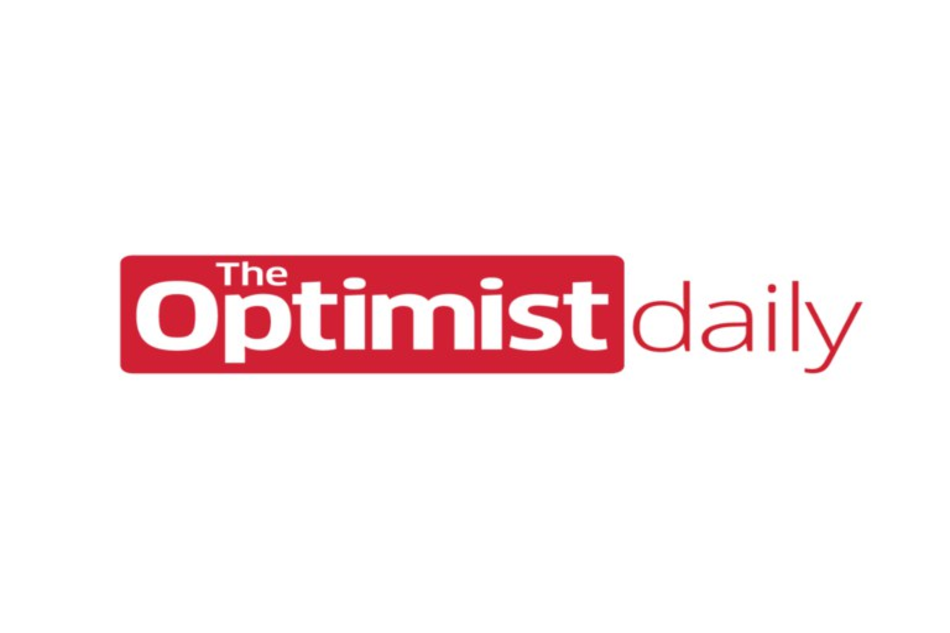The world’s second-biggest urban park is located in the city of Abidjan on the Ivory Coast. Though the Banco National Park provides valuable ecosystem services to the city, the park has been suffering from pollution and illegal tree felling in recent years. In a bid to help protect the natural reserve, local authorities are now building a wall around its distinctive ecosystem.
Spanning more than 34 square km (13 square miles), Banco ranks as the second-largest urban park in the world. Rio de Janeiro’s Tijuca National Park is the only one preceding it in terms of size.
It captures 40 percent of Abidjan’s drinking water through its groundwater table and sequesters 90,000 tonnes of CO2 every year. Many of the park’s flora and fauna, such as 500-year-old trees and chimpanzees, are considered sacred by locals. Meanwhile, hikers and cyclists often find a much-needed respite from the congested city of 5 million people.
Unfortunately, illegal logging and waste dumping in the woods have increased in recent years as a result of the city’s rapid growth. As a temporary solution to these issues, park officials have decided to build an almost three-meter high wall around the park’s parameter.
The authorities have been working with local communities to prevent misunderstandings about the wall, as well as raise awareness about the park’s ecological importance. “We must not lose the forest. We are in some ways the guardians here,” said Mesmin Yapo, the deputy chief of a village on the park’s outskirts.
Adama Tondossama, the director-general of the country’s Office of Parks and Reserve hopes the efforts to protect Banco would help it win a place on UNESCO’s list of world heritage sites.












